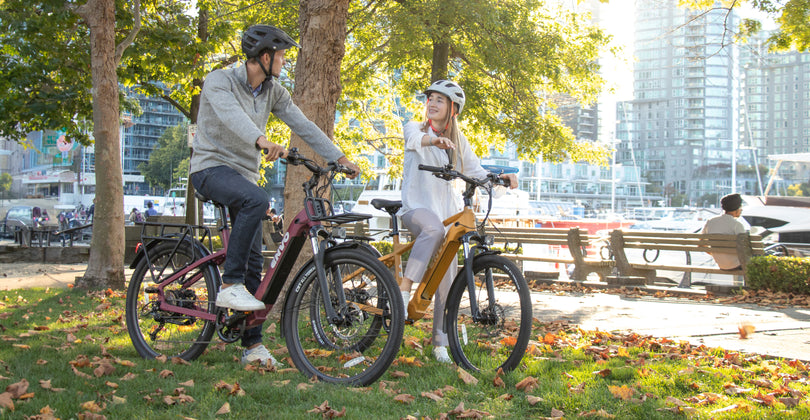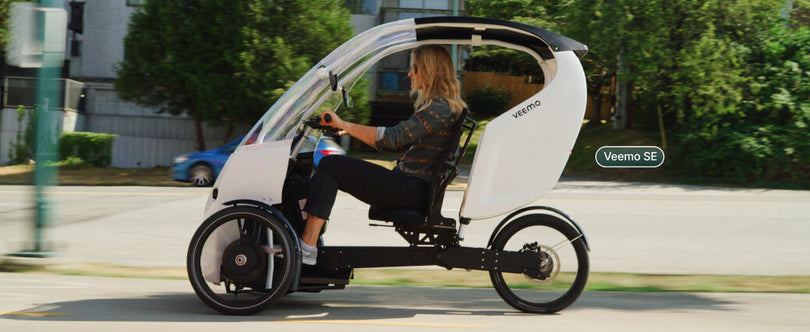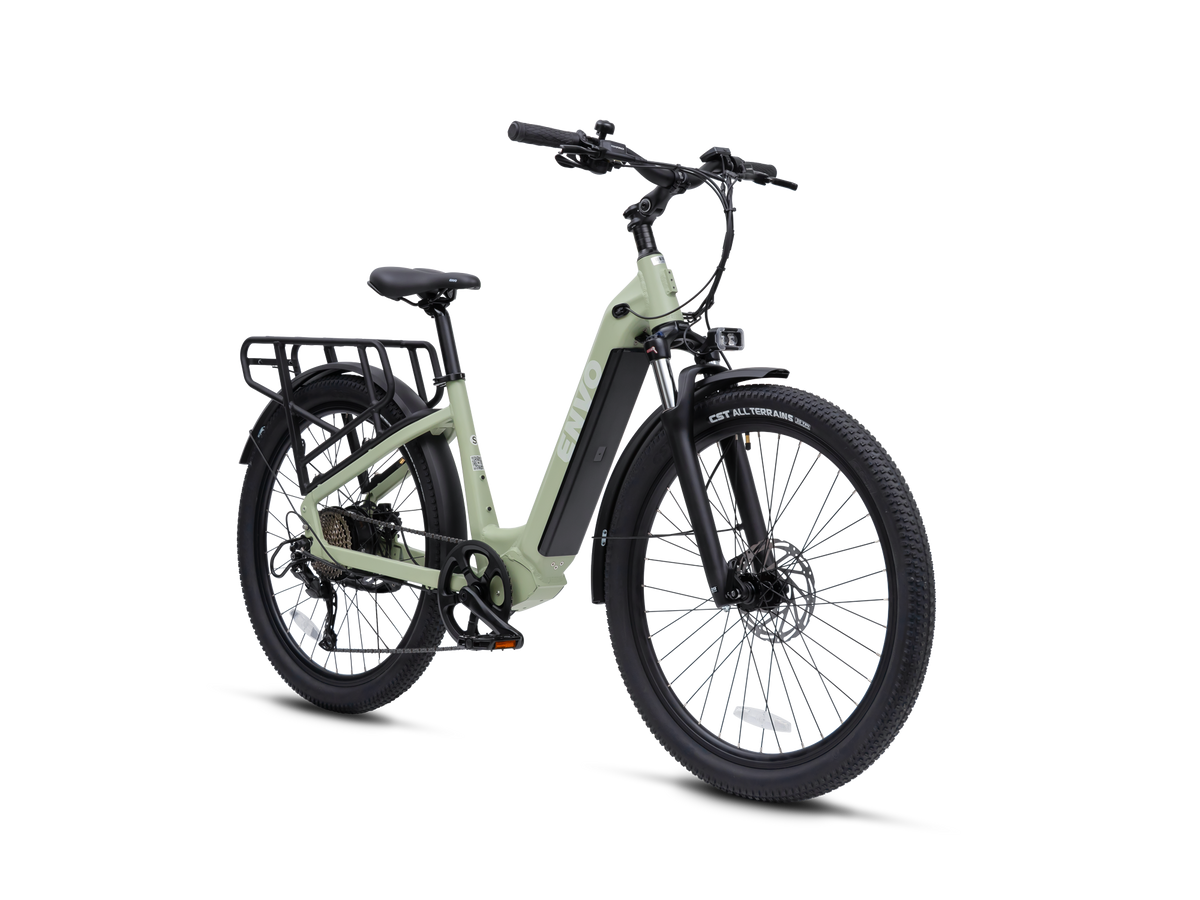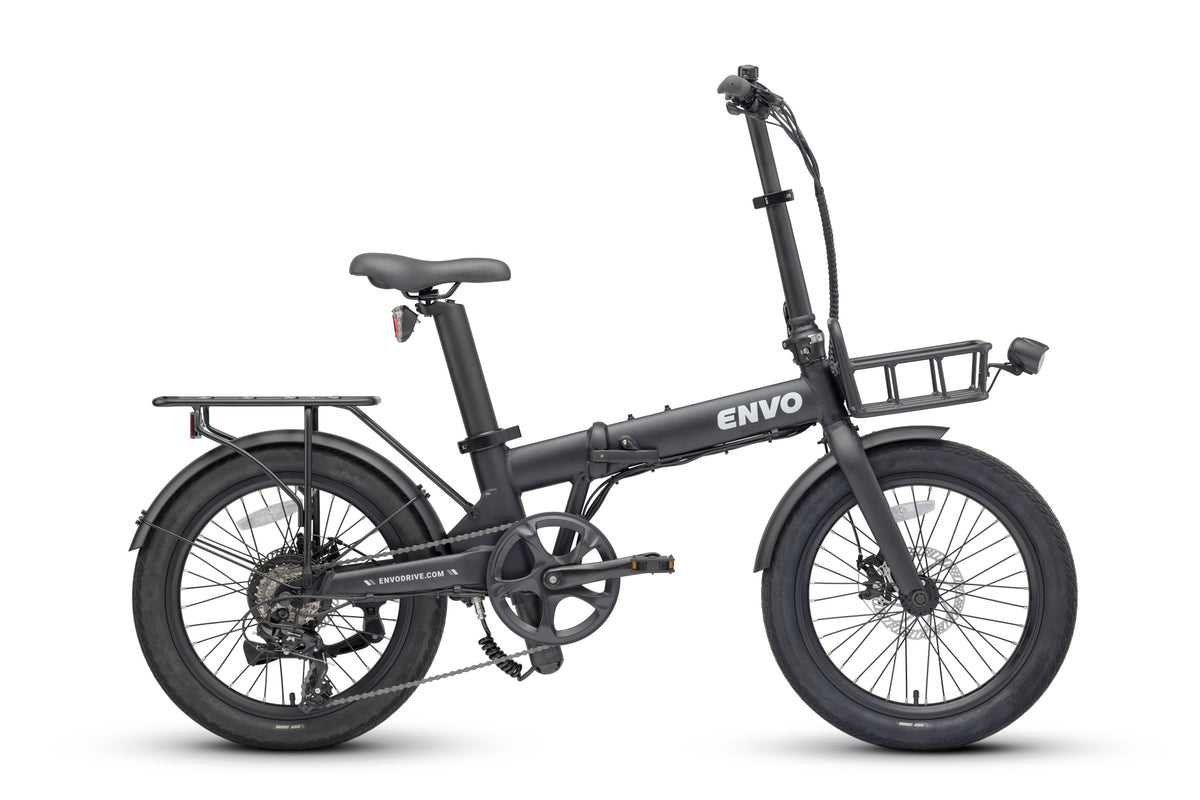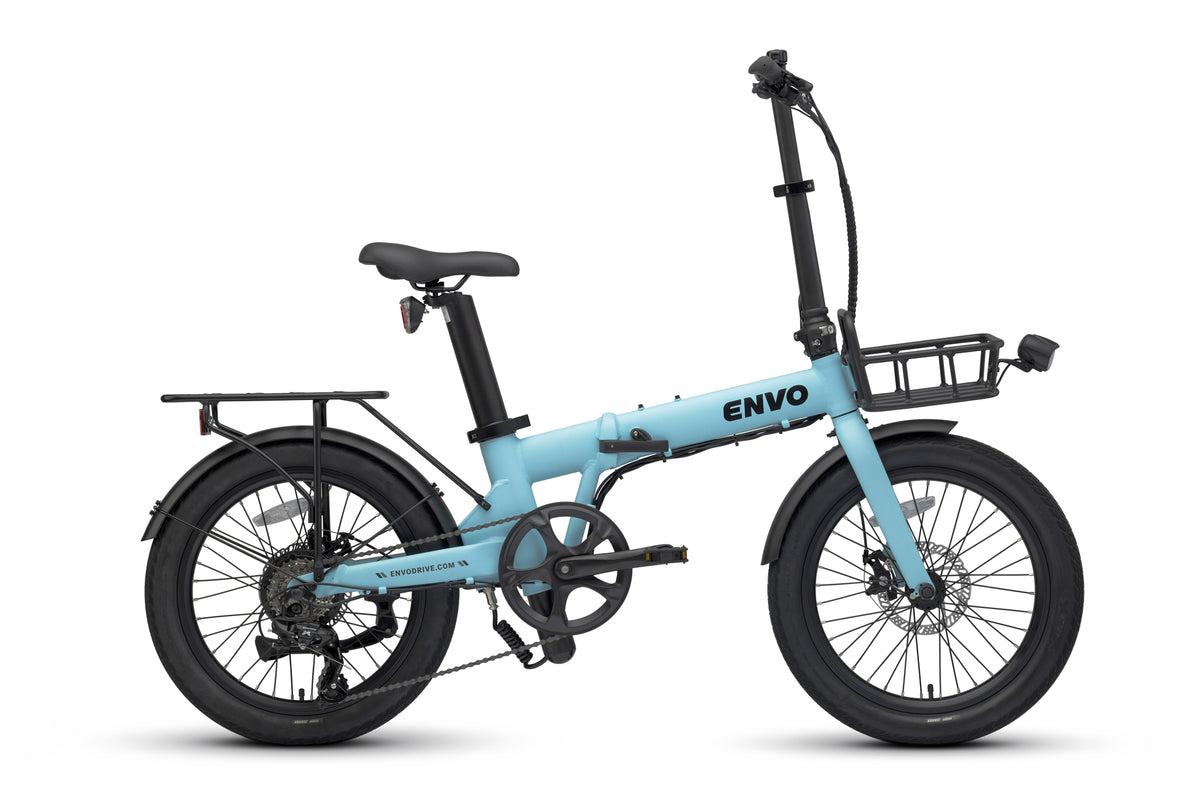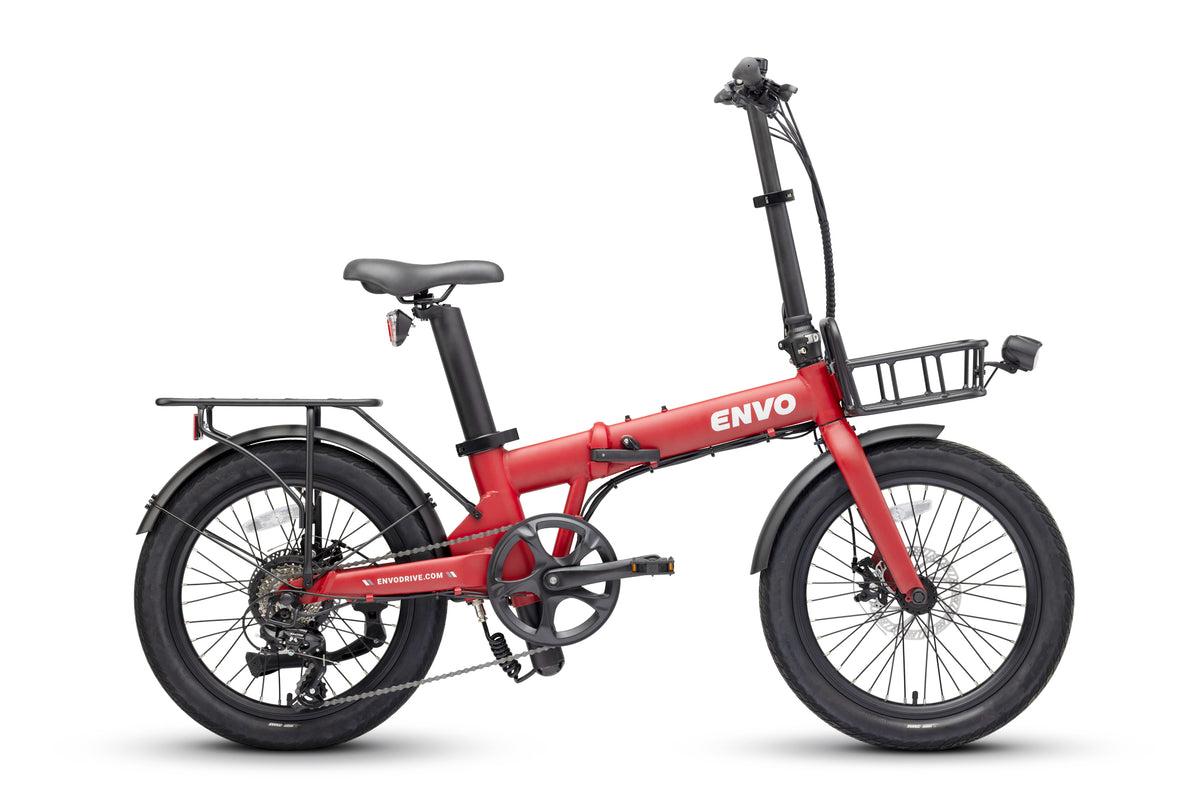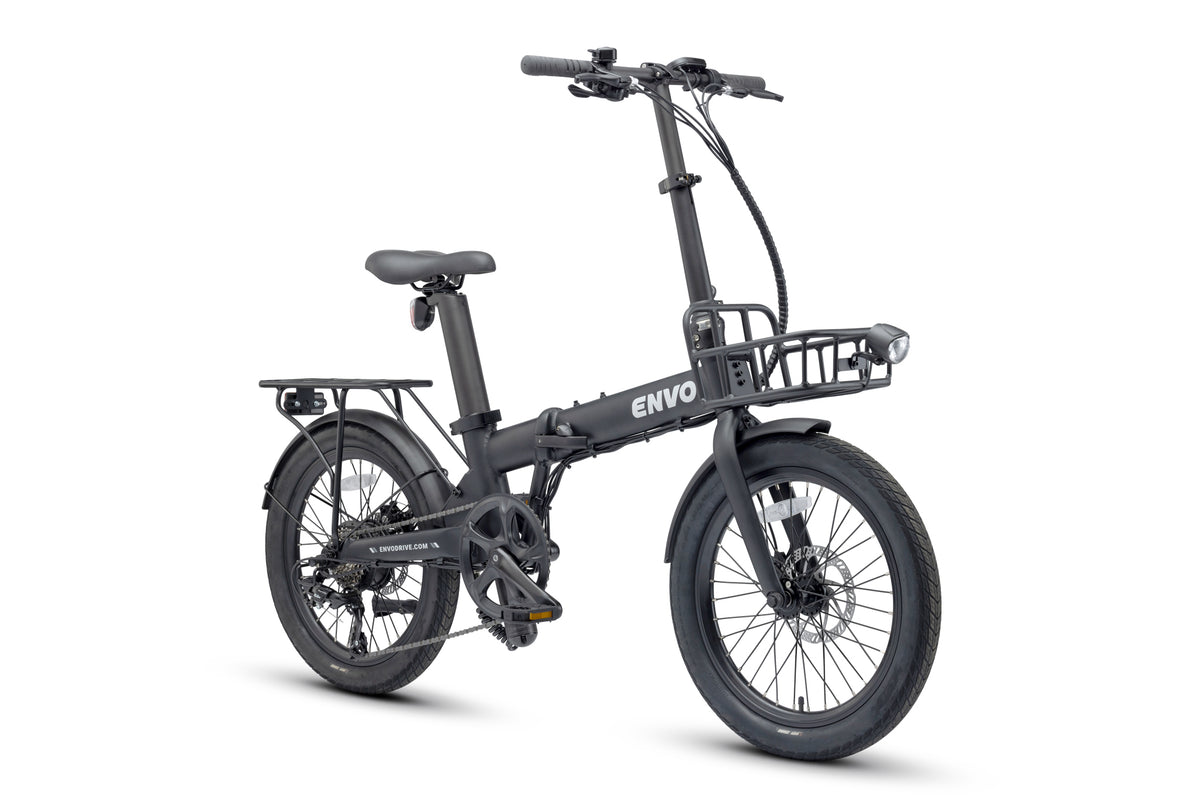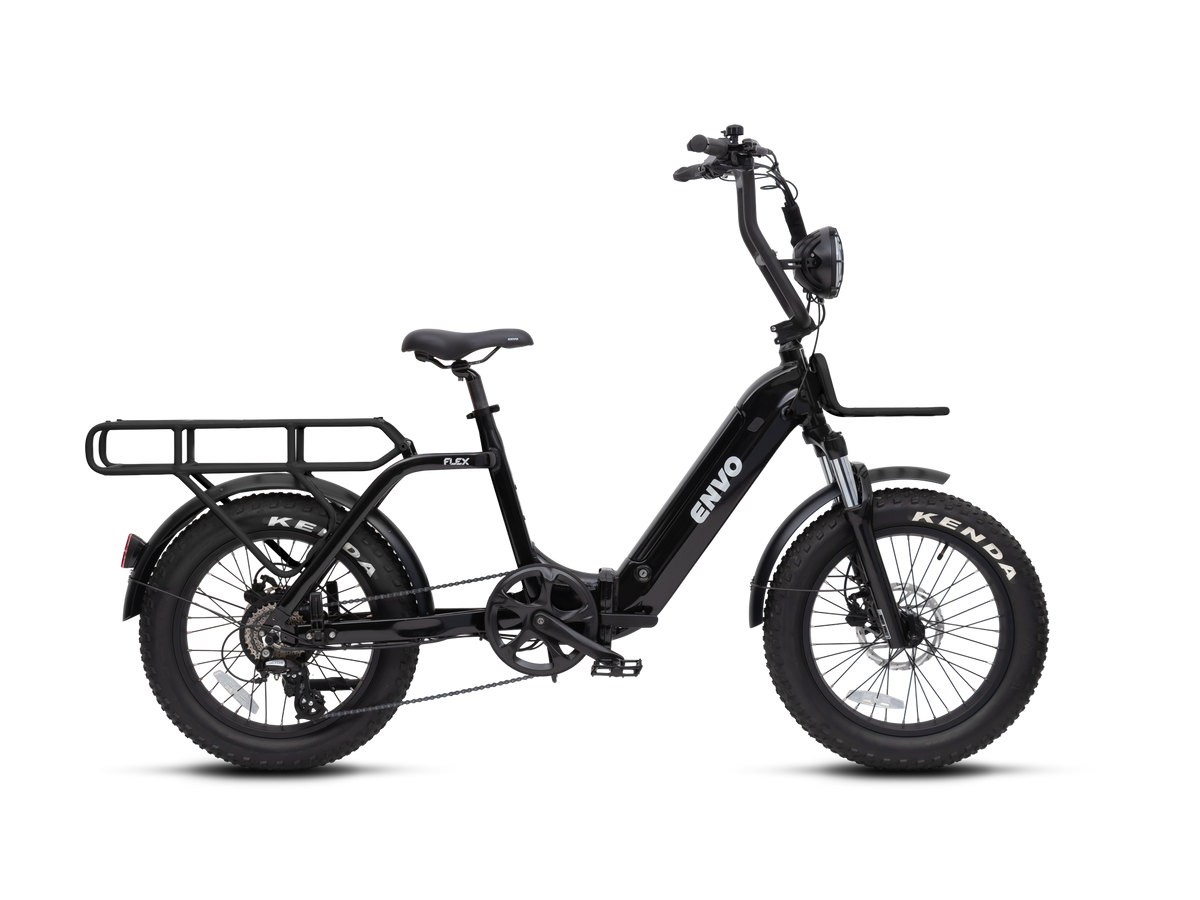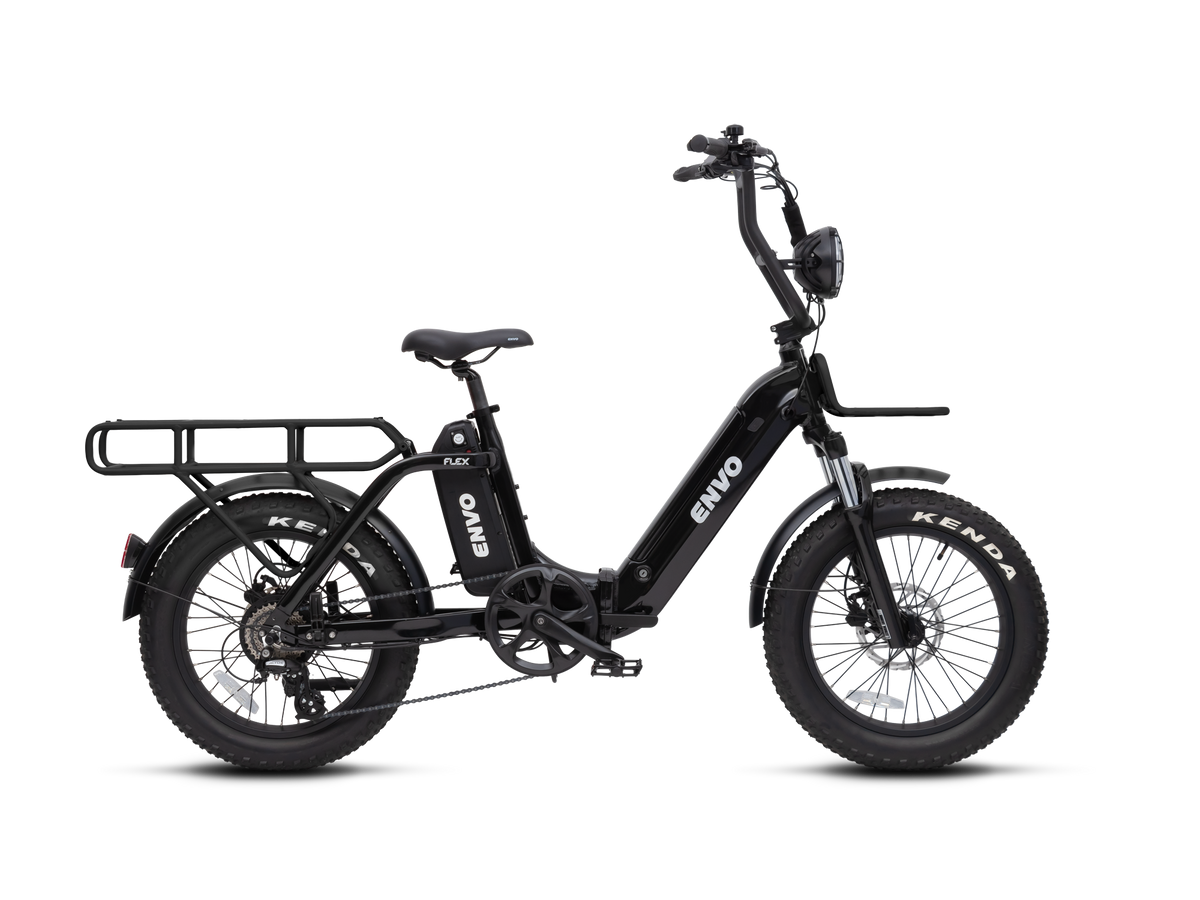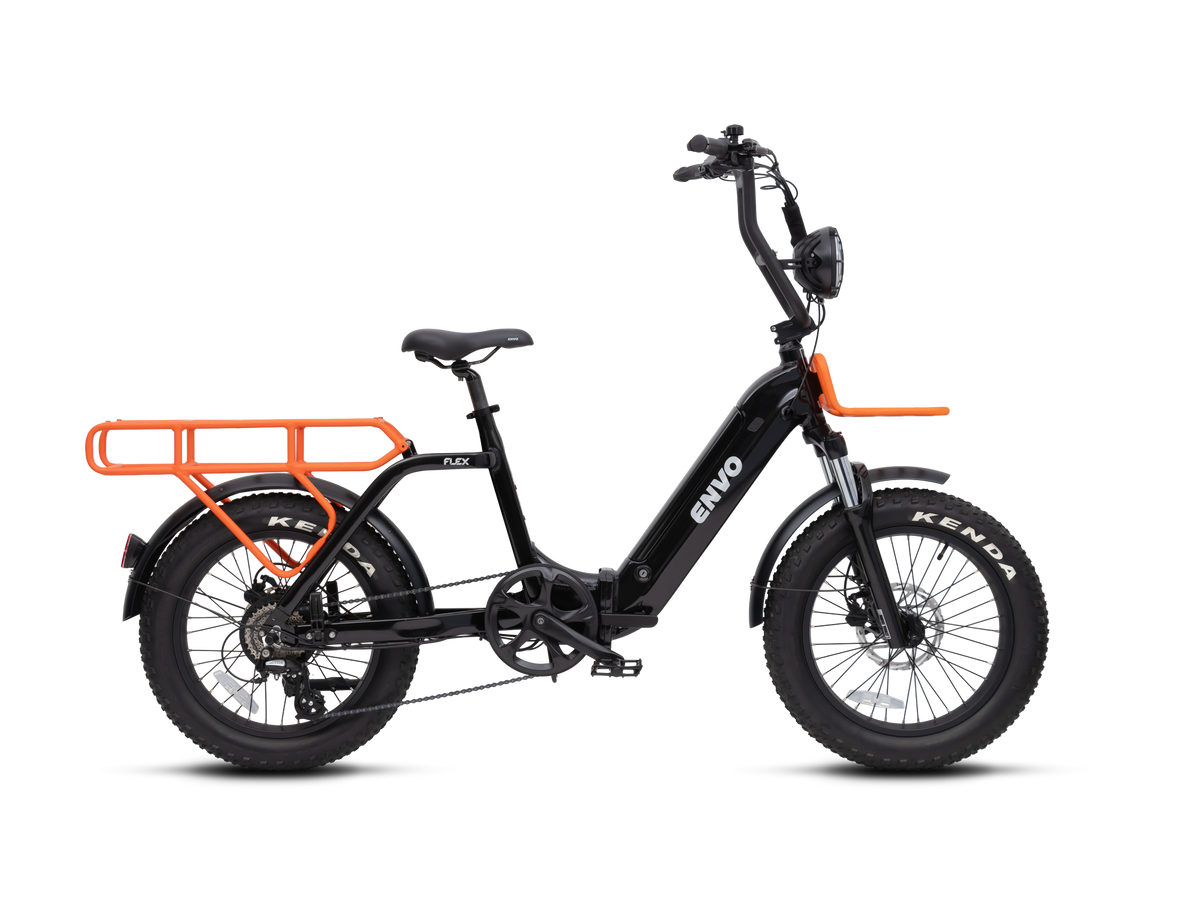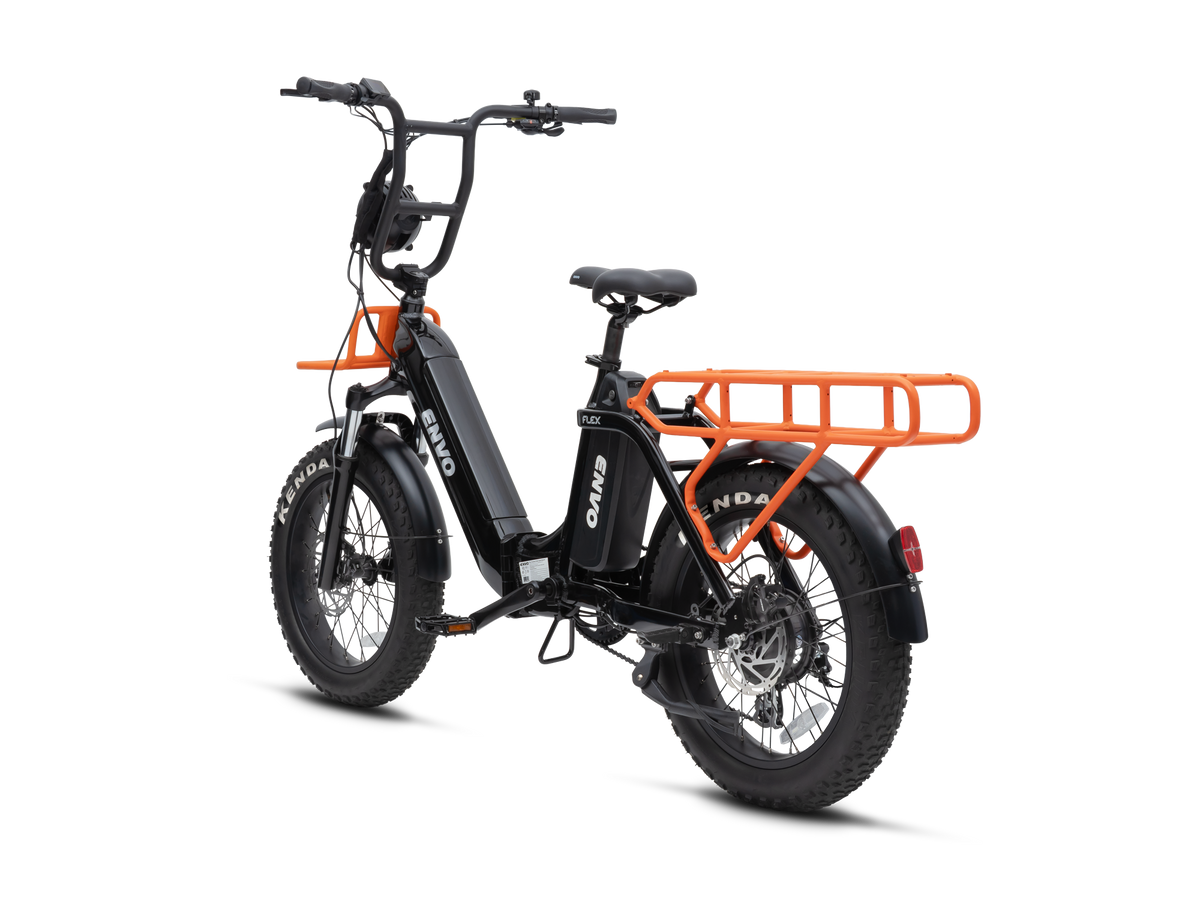The rise of stealth-style e-bikes—the kind that look more like a fixie than a power-assisted commuter—has created a new niche in the electric bike market. These bikes promise sleek design, efficient city riding, and a clean aesthetic that doesn’t scream “e-bike” at first glance. Leading the charge in this category are two noteworthy contenders: the ENVO Stax Pro and the Ride1Up Roadster V3. At first glance, they may seem similar. But once you get into the weeds, differences in performance, design philosophy, and user experience begin to surface.

Let’s break it down across core parameters to see how these two stack up.
1. Style and Design
Both bikes are beautiful in their simplicity. They carry a stealth aesthetic with sleek frame geometries, integrated batteries, and minimalist design that mimics a traditional non-electric bike. This subtlety is what makes them so appealing to urban riders who prefer form without sacrificing function. While both bikes check the style box, ENVO has gone the extra mile with refined frame integration and a more modern visual language. The battery is better hidden, cabling is cleaner, and finishing details show a premium touch.

Verdict: Both are best-in-class for style. Draw.
2. Ergonomics
Ride1Up offers the Roadster V3 in three frame sizes, giving it a distinct edge in accommodating a wide range of rider heights. Whether you're under 5'5" or above 6', there's likely a size that fits. ENVO, on the other hand, rates the Stax Pro for riders between 5'5" and 6'5", which may alienate shorter riders. While ENVO's frame geometry is comfortable and upright, the sizing limitation can't be ignored.
Verdict: Ride1Up wins on inclusivity and fit options.
3. Performance and Torque
This is where the ENVO Stax Pro flexes its muscle. Both bikes come equipped with 500W hub motors, but ENVO's proprietary motor design delivers 60Nm of torque versus the Roadster V3's 50Nm. That extra torque matters more than you think: it helps with quick acceleration, climbing hills with ease, and carrying heavier loads without lag. Especially in cities with hills, that 20% torque boost can redefine your ride.
Verdict: ENVO takes the performance crown.
4. Range and Efficiency
Range is one of the most critical metrics for daily commuters. ENVO advertises a robust range of up to 100km (62 miles), whereas Ride1Up claims 30-65km (20-40 miles) depending on rider weight and terrain. That’s a significant difference. If you want to ride longer between charges, ENVO gives you the buffer to do so. And unlike the Roadster, ENVO doesn’t rely on pedal assist alone to stretch that range—it does it with real battery capacity (ENVO 36V12.8Ah vs Ride1Up 36V10Ah)
Verdict: ENVO wins hands down on range.
5. Control and Monitoring
While both bikes come with color displays, ENVO’s Bluetooth-connected display puts it in another league. You get detailed ride metrics, diagnostics, and the ability to sync with ENVO's app for firmware updates and deeper system customization. Ride1Up’s display does the basics, but ENVO provides a tech-forward experience fit for the modern rider who wants more control and transparency.
Verdict: ENVO wins for connectivity and tech.
6. Component Grade
Both brands stick with quality, name-brand parts for essential components like brakes and drivetrain. They opt for single-speed setups with belt drives for low maintenance and quiet operation. This category shows that both manufacturers understand their urban customer base well. Neither cuts corners, and each delivers a dependable package.
Verdict: Solid performance on both sides. Tie.
7. Weight
The Roadster V3 weighs in at 41lbs, while the Stax Pro comes in at 42lbs. One pound isn't likely to change your experience, especially when you're getting more range and power with ENVO. Still, in the ultralight commuter category, that single pound gives Ride1Up a narrow edge.
Verdict: Technical win for Ride1Up, though practical difference is negligible. Tie.
8. Spare Parts and Access to Service Centers
This is often overlooked until it matters. ENVO, as a Canadian brand, has a growing network of dealers and service centers in both Canada and the U.S. That means easier access to repairs, faster parts shipping, and in some cases, in-person tech support. Ride1Up, while well-supported online in the U.S., lacks any presence in Canada. This could mean long waits or complications for Canadian customers.
Verdict: ENVO has a clear advantage, especially in Canada.
9. Accessories Included
ENVO Stax Pro comes fully loaded out of the box: fenders, rear cargo rack, kickstand, integrated front and rear lights. Ride1Up includes only basic fenders. Want lights or a rack? Get ready to spend more. The ENVO saves time, money, and frustration by bundling essential commuter accessories in the initial price.
Verdict: ENVO wins for value-added features.
10. Price
At $1,495 USD, Ride1Up Roadster V3 appears budget-friendly. But the price climbs quickly with international shipping ($400+ for Canadian buyers), added accessories, and taxes. Meanwhile, the ENVO Stax Pro comes in at $2,979 CAD, but it includes nearly everything you need to get riding in comfort and style. No surprise costs, no accessory hunting.
Verdict: Ride1Up wins on upfront affordability, but ENVO offers better long-term value.
Final Thoughts
Both bikes deliver on their promise of sleek, urban mobility. If budget is your top concern and you ride short distances in ideal conditions, the Ride1Up Roadster V3 won’t disappoint. But if you're seeking a feature-rich experience, longer range, more power, and reliable support—especially in Canada—the ENVO Stax Pro is worth the investment.
Ultimately, the choice boils down to your priorities: minimalist affordability or a fully integrated premium ride. For riders who want more than just the basics, ENVO is the smarter long-term play.

